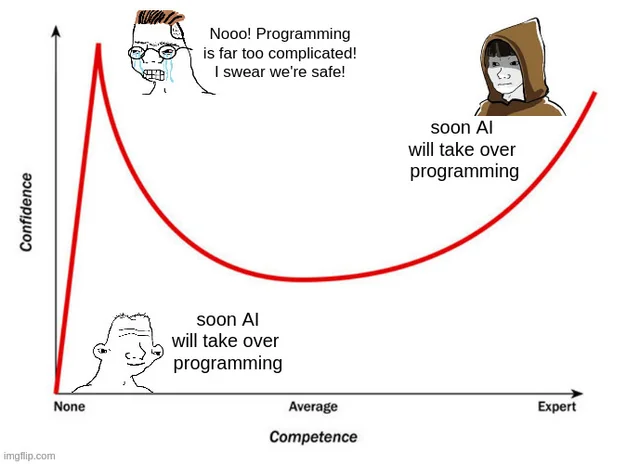Google Says Simple Websites Perform Best — Here’s Why
The Google-Approved Way to Make Your Website More Attractive

The Common Website Layout
How many websites do you think you’ve seen at this point in your life? Probably tens of thousands at least. And if I asked you to draw a layout of a website for a business in your niche, it’d probably look a little something like this — pretty typical.

Should You Go Beyond Website Design Expectations?
So if this is exactly what you’d expect a website like yours to look like, shouldn’t you break those expectations and take a big step into something more creative?

Actually, no. And hear me out — this isn’t just my opinion; it’s completely backed by Google’s own research.
The Importance of Simplicity in Website Design
We know that having a beautiful site — or at least an attractive one — makes you look more credible as a real business, therefore more trustworthy. Google found that site visitors will judge your website as beautiful or not within 1/50th to 1/20th of a second.

But here’s where things get really interesting: visually complex websites were consistently rated as less beautiful than simpler ones. Not only that, but highly prototypical sites — those with layouts similar to other layouts in their category — that also had a simple website design were rated the most beautiful.
What is Prototypicality in a Website?
Prototypicality is basically the mental image your brain creates to categorize everything you come across — whether it’s cars, interior design, or websites. Your brain recognizes familiar designs, and expects things to look and feel a certain way.

When it comes to website prototypicality, there are different mental images for specific types of websites, such as:
- Travel booking sites
- E-commerce stores
- Blogs
- Service businesses
If any of these websites look too different from your mental image, it just feels off, and your brain will reject it on a subconscious level.
Why Meeting Expectations Matters
That is why it’s crucial for websites to meet certain expectations. But what exactly are those expectations? Well, that’s where simplicity comes in.
Our brains prefer to process things that are easy to understand. It’s not laziness — it’s just how we filter and prioritize the overwhelming amount of information we see daily.
The Role of Working Memory in Website Design
The average adult brain can only hold between five to nine chunks of information in short-term memory. Working memory helps us:
- Focus our attention
- Resist distractions
- Make decisions
On a website that is low in complexity and highly typical, a visitor’s working memory is freed up to process the important things you want them to notice — such as:
- Benefits
- Unique value proposition
- Guarantees
- Testimonials
However, if you vary from their expectations with a layout that’s a little too creative for its own good their working memory is going to be too busy processing that instead of what you really wanted them to notice
Why Simple and Familiar Websites Work Best
People naturally prefer websites where they instinctively know where everything is and what actions to take. That’s why it’s important to stick to certain design standards.
For example, service business websites often follow these prototypical layouts:

- A big widescreen hero image
- A three-column layout for benefits
- A section showcasing different services
These layouts create a sense of familiarity, making users feel comfortable navigating your site.
The Science Behind Simple Design
It’s not just about layout expectations — the overall simplicity of a site matters too. While design taste is subjective, research shows that visually complex websites are universally rated as less appealing.
Why?
Because simpler designs require less effort for the brain to process, store, and recall information.
The Mistake of Overcomplicating Your Website
When planning a website, it might start off simple, but then you might feel like something is missing. You might think:
- “This space looks empty.”
- “It feels like something should go here.”
So, you start adding unnecessary elements — more text, more images — leading to visual clutter that takes away from the site’s beauty and effectiveness.
Good Design Should Be Invisible
In the book Don’t Make Me Think by Steve Krug, he states:
“Good design, when done well, becomes invisible. It’s only when it’s done poorly that we notice it.”
This doesn’t mean there’s no room for unique design choices — you can still make your website stand out while following conventional layouts that are easy to navigate.
How to Infuse Creativity Within Limitations
You can still make your website unique by:
- Experimenting with color schemes, fonts, spacing, and imagery
- Using interactive elements like quizzes
- Adding animations instead of icons
- Using videos instead of static images
These elements enhance user engagement while keeping the overall structure familiar and simple.
Thanks for reading to the end — you’re awesome! 🙌
Let’s grow, learn, and build amazing things together! 🚀
If you found this helpful, don’t forget to clap 👏, save it, and follow me for more insights.
Let’s stay connected!
📍 Find me on: LinkedIn | dev.to| Bluesky








